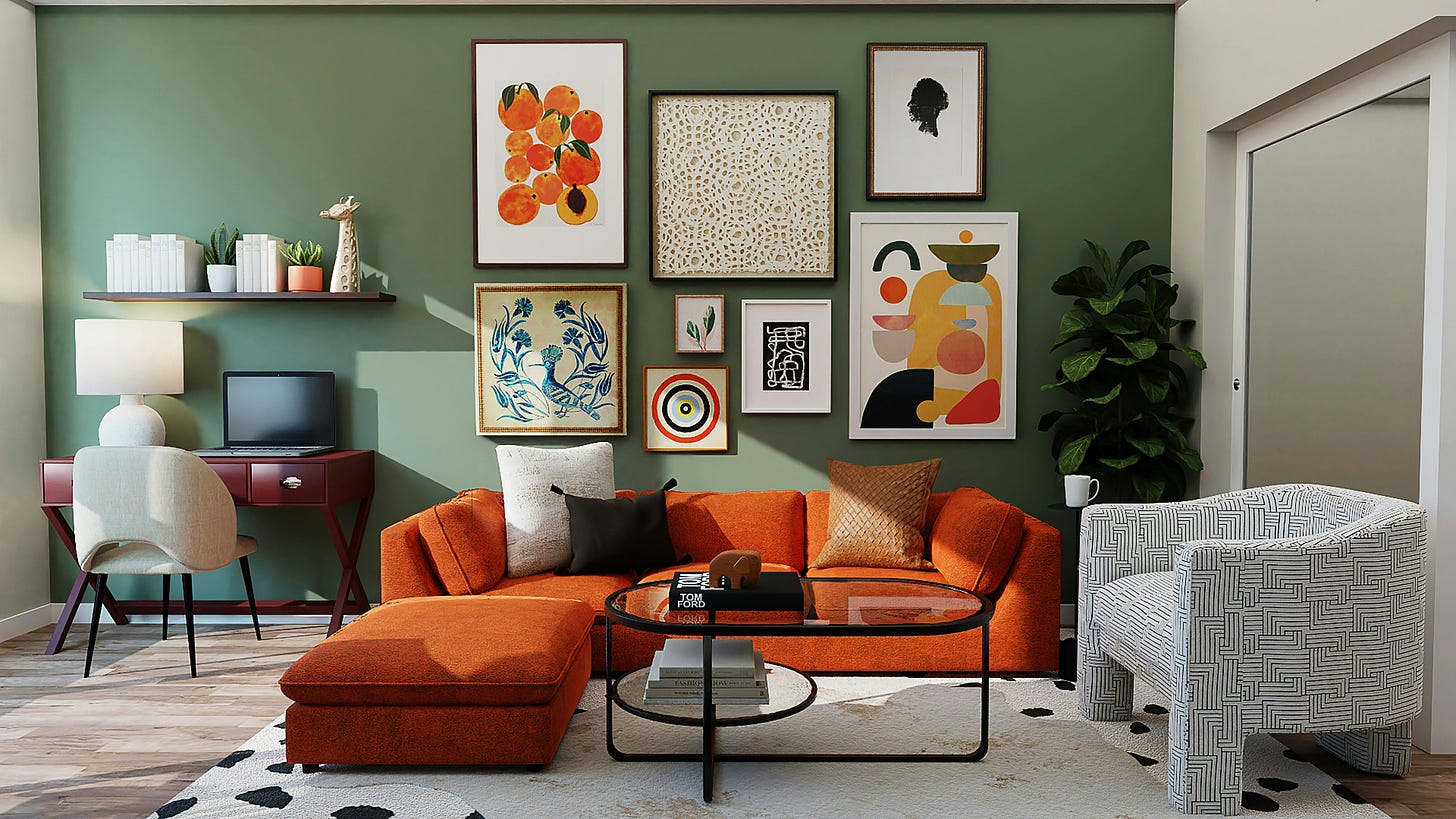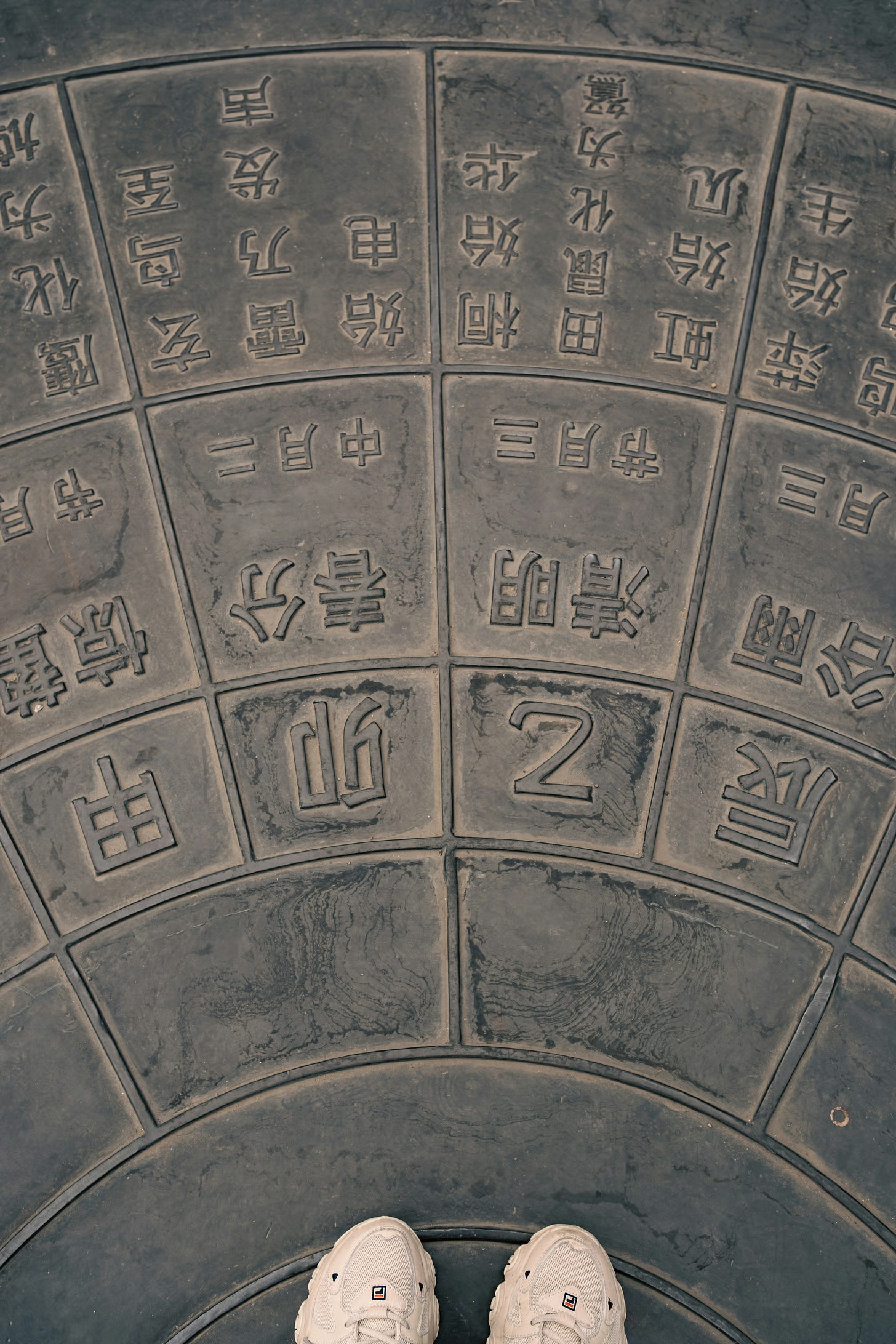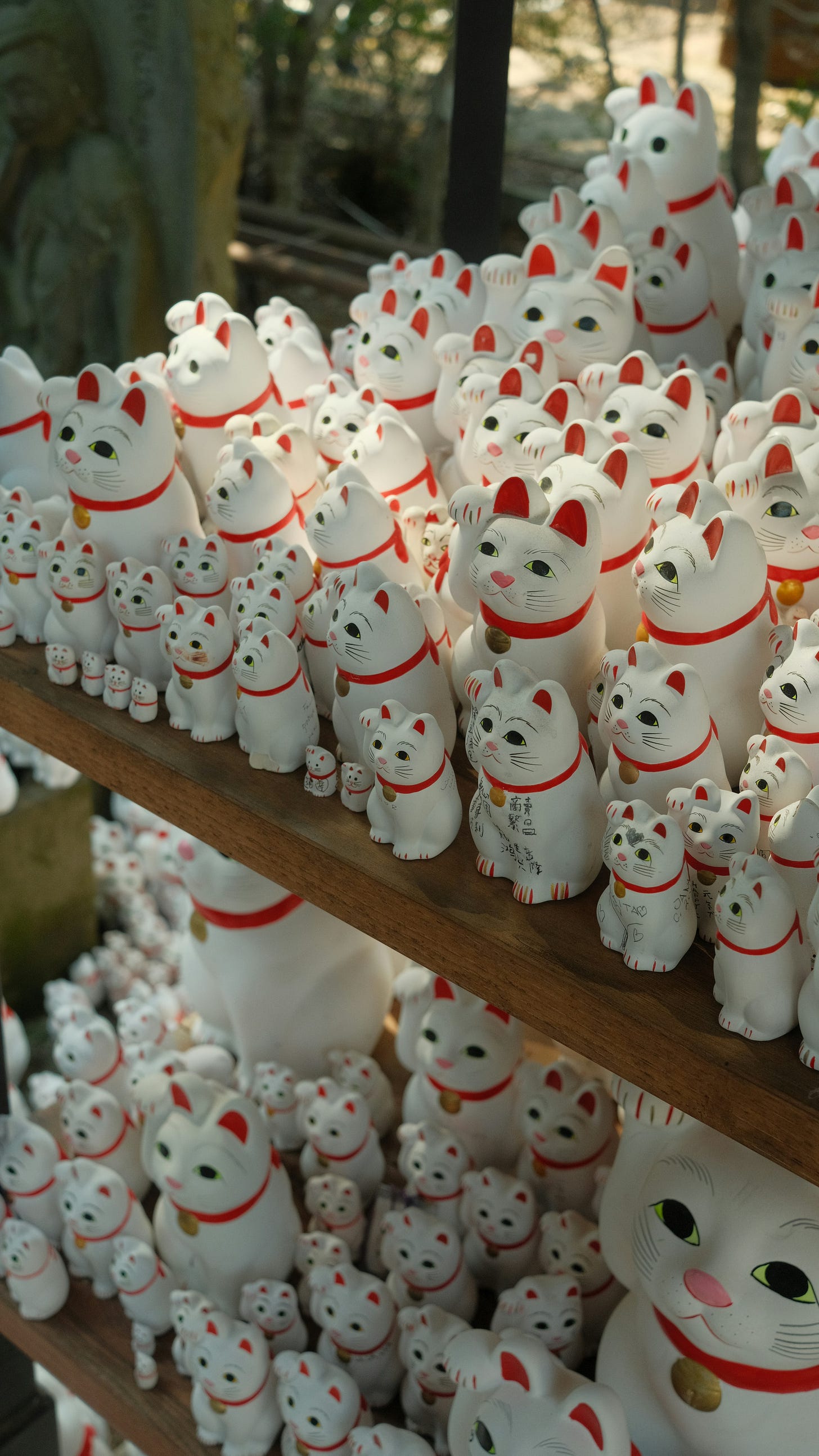Feng Shui Basics: Why Some Rooms Just Feel Better
Discover why some spaces drain you while others lift you up—through the simple lens of Feng Shui.
Photo Credit: Spacejoy - Unsplash
Why does one room make you instantly relax while another makes you want to run for the door? The answer lies in Feng Shui—an ancient practice I like to call “energy design” for your home (and for you).
One of the Five Arts of Chinese Metaphysics, Feng Shui is an ancient practice that blends architecture, interior design, and urban planning to optimize homes and businesses.
It works on the premise that the external environment profoundly influences our inner environment.
Feng Shui literally means “Wind (Feng) and Water (Shui),” a reflection of how energy moves through nature.
Its roots go back thousands of years (some say 6,000!), beginning with families seeking auspicious burial sites to honor and protect their ancestors.
Over time, it expanded to guiding the orientation of homes and cities to maximize happiness, harmony, and abundance.
The Bagua: Your Feng Shui Map
At the heart of Feng Shui lies the Bagua—an eight-section compass (or nine-square grid, depending on the school) that maps out life areas such as wealth, career, love, and health.
This map, with its associated directions, colors, and numbers, can be overlaid on a property, a home, or even a single room. The Bagua helps reveal where energy flows freely and where a little correction can make all the difference.
Photo Credit: Eileen Pan - Unsplash
Schools of Thought: Traditional vs. Modern
Traditional Feng Shui
Form School: The oldest style, focusing on landscapes, building structures, and symbolic guides like the Four Celestial Animals, Five Elements, and yin-yang theory.
Compass School (Classical): Uses a magnetic compass to align the Bagua and determine energy corrections.
Sub-Schools:
Eight Mansion Theory: Uses your birth date to identify your four lucky and four unlucky directions, aligning you more closely with your dwelling.
Flying Star: Combines a Luo Pan compass with the building’s construction date to chart shifting energy patterns.
Western / Modern Feng Shui
Black Hat School (BTB): Combines Tibetan Buddhism, Taoism, and psychology with Feng Shui principles. A key difference between Western and Traditional schools is that the Bagua is aligned with the front door instead of compass directions.
Pyramid School: Integrates traditional Feng Shui with biology, psychology, cultural anthropology, and even physics for a more holistic take.
Bottom Line: Traditional schools emphasize the physical environment—structure, orientation, and furniture placement—often using symbolic “cures” like mirrors, coins, or charms. Modern schools, on the other hand, lean into flow, feeling, and personal intention.
Photo Credit: Hendrik Schuette - Unsplash
What Every School Agrees On
Even though the schools differ, there are a few constants that show up everywhere:
Decluttering for Smooth Energy Flow
At its core, Feng Shui is about how qi (energy) moves through a space. Whether you’re using a compass or following your intuition, the goal is to avoid stagnant or rushed energy.
Clutter, blocked walkways, or awkward furniture placement all interfere with flow. Balanced qi supports health, harmony, and prosperity for everyone in the home.
Balancing with Color and the Five Elements
The Five Elements—wood, fire, earth, metal, and water—anchor all Feng Shui traditions. Each element symbolizes qualities of life (growth, passion, stability, clarity, flow) and can be expressed through colors, shapes, textures, and materials.
Practitioners use these elements to fine-tune a space, boosting what’s missing and softening what’s overdone.
Creating an Inviting Entryway
The front door is universally important. In traditional schools, it’s the “mouth of qi”—the portal where energy and opportunities enter. If the entryway is cramped, blocked, or neglected, beneficial qi struggles to find its way inside.
Western schools echo this idea, emphasizing the entry as both a first impression and an energetic threshold. Open, welcoming, and well-cared-for entries is always the goal.
Wrapping It Up
I first stumbled into Feng Shui years ago with a BTB School class, and the ideas resonated with me right away. Years later, my Chinese Medicine studies wove beautifully into this perspective.
What I’ve learned—especially from the Modern schools—is that the real “magic” isn’t in objects or charms. It’s in YOU and the intention you bring to your space. Crystals, sage, or mirrors can be powerful tools, but they work best as outward symbols of your inner focus.
When you get intentional with your home and your habits, you stop being at the mercy of your surroundings and start shaping them.
You become Cause over Effect. That’s when new possibilities open up—and where the true flow begins.
Your Turn to Experiment
Now comes the fun part! You don’t have to redo your whole house; start small. Shift just one corner or a couple of objects, then notice how it changes how you feel, move, and show up in the world.
Try these quick tweaks (where possible):
Entryway Energy: Clear any clutter inside AND outside your front door to invite opportunity.
Desk Energy: Position your desk so you can see the door (the “command position”) to boost your focus and confidence.
Bed Energy: For the best sleep, place your headboard against a solid wall and position the bed to face diagonally toward the door; you’ll feel more grounded, protected, and at ease.
If you make even one change this week, pay attention to how your energy shifts—and tell me about it! I’d love to hear what opens up for you.
Coming Next
This post is the latest in my series on the Eight Branches of Chinese Medicine. Up next: a look at Ba Zi, or cosmology and Chinese astrology. Stay tuned!





